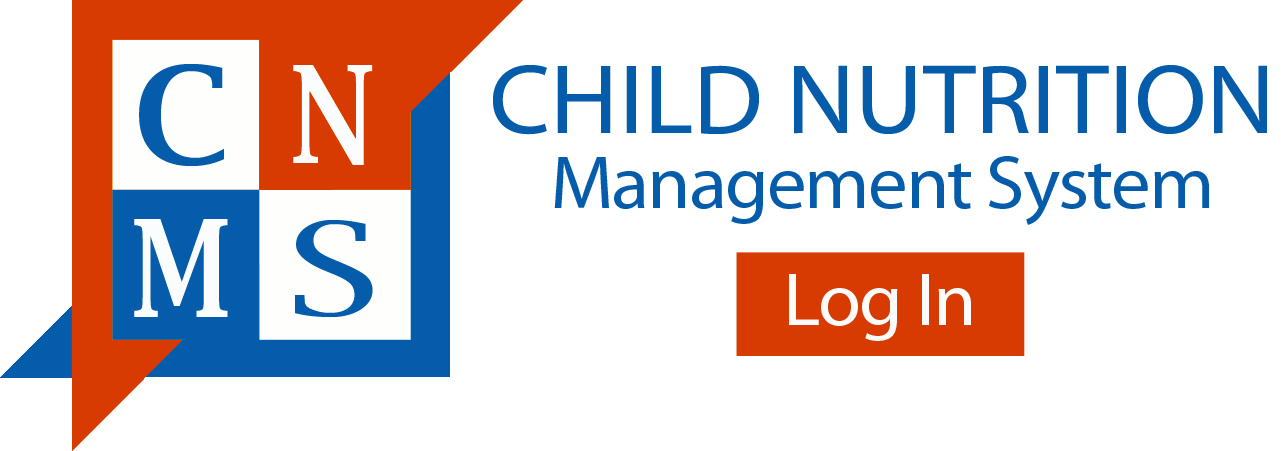- Attachments
- Introduction
- How To Conduct Verification
- Establishing the Sample Pool
- Selecting Your Sample Size
- Confirmation Review
- Replacing Applications
- Notifying Households of Selection
- Verification of Eligibility
- Direct Verification
- Verification Follow-Up
- Results of Verification
- Non-Responders
- When Verification is Considered Complete
- Verification Recordkeeping
- Verification for Cause
- Verification Questions and Answers
- SFAs Required to Conduct Income Verification
Verification is considered complete when a household's eligibility for the level of benefits for which it was approved is either confirmed or the household is sent a letter of change in federal meal benefit status. If a household selected for verification transfers out of the SFA before the information can be verified, verification cannot be completed. To meet the minimum verification requirements, a new application must be selected.
The school official should work with the household to determine whether the overtime for the month being verified is representative of overtime received in other months. If the overtime is a one-time or sporadic source of income, it should not be used in calculating regular income.
Verification is intended to establish eligibility for any point in time between the months prior to application and the time the household is required to provide income documentation. However, if the family income decreases making them eligible for increased benefits, then the school should verify current income.
No. If the weekly pay stub is representative of what the household normally receives each week, one pay stub is sufficient.
SFAs are required to select and verify a sample of their approved free and reduced-price applications SFA wide. The SFA as a whole must meet the required sample size requirement. This does not mean that each school has to verify the required number of applications.
Decimals must always be rounded up to the next whole number. Therefore, you must verify 5 applications.
You are required to maintain a description of your verification efforts including the selection process, the total number of applications on file as of October 1, and the number of applications that were/will be verified by November 15th. For each application verified, the SFA must keep records of the source of information used to verify the application such as wage stubs or names and titles of collateral contacts. In addition, the applications selected must be readily retrievable by school, and the SFA must document correspondence between the selected households and the school. The verification official must retain the documents, a photocopy, or annotations that indicate which documents were submitted by the household and the date of submission. You must also keep a record of any change in eligibility as a result of verification procedures, the reason for the change, and the date the change was made. Please also see the “Recordkeeping” section of this manual and the “USDA Eligibility Manual for School Meals” for additional information on record keeping requirements.
Yes. The household must be given 10 calendar days advance written notice that a change is being made in the child's federal meal benefit status. During that time, the child’s original federal meal benefit status must continue and the SFA may continue to claim reimbursement for meals served to the child in the original federal meal benefit status during this period.
No. First, the SFA cannot select any more or any less applications than the 3% sample size determined based on the method of verification performed. Second, all households selected for verification must either respond or have benefits terminated after appropriate notification.
All three sources of income must be verified. All sources originally noted by the family at the time of application must be verified.
Verification is an annual requirement. We will contact an SFA that has not submitted the Verification Collection Report by the required deadline of December 15th each year. If income verification is not completed, the SFA jeopardizes its State and federal reimbursement for free and reduced meals served after November 15th of that school year.
If an SFA is informed, even anonymously, that an applicant may not be eligible, the SFA must follow up on the allegation using the verification process. The SFA has an obligation to verify all questionable applications (applications that are reported to be fraudulent or suspicious). Verification that is done for cause is in addition to the sample required for either error prone/random/focused sampling. Verification must take place after the application was approved on the face value of the application.
All information reported on the Verification Collection Report must be reported on the on-line form on the Child Nutrition Management System (CNMS). All other verification documentation, along with a copy of the verification worksheet, must be kept on file for three years plus the current year. SFAs in Provision 2 must retain all verification information from the base year for three years plus the current year after the end of the cycle.
It depends on the situation. If a household is chosen for verification and the foster child included on the application was identified by a State or local foster agency, then no additional verification is needed for the foster child. However, to verify the other children in the household, the family must provide verification documentation to confirm eligibility.
If the foster child is not identified by a State or local foster agency, then documentation verifying the foster child’s status would be required. Additionally, to verify other children in the household, the family must provide verification documentation to confirm eligibility.
Documentation from a State or local foster care agency or the court where the foster child received placement is acceptable for verification. Direct contact from the foster care agency or court (for example, a list of foster children sent to the SFA) is also acceptable documentation for verification.
The SFA should first conduct direct verification to confirm the family’s eligibility for SNAP. If the SFA cannot verify eligibility through direct verification, they should contact the family to determine if they can document their SNAP eligibility for the month prior to submitting their application. If they can document their eligibility at that time, the free benefits must continue, and verification is complete. If the required SNAP documentation is not provided, the income stub must be used to determine their eligibility.
The list from the Migrant Education Program Coordinator and Homeless Liaison supersedes the application. The application should be discarded and should not be included in determining the number of applications on file. The child should not be selected for verification.



